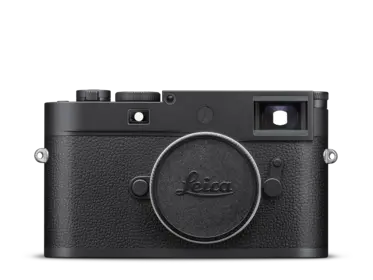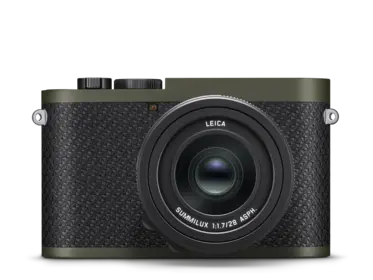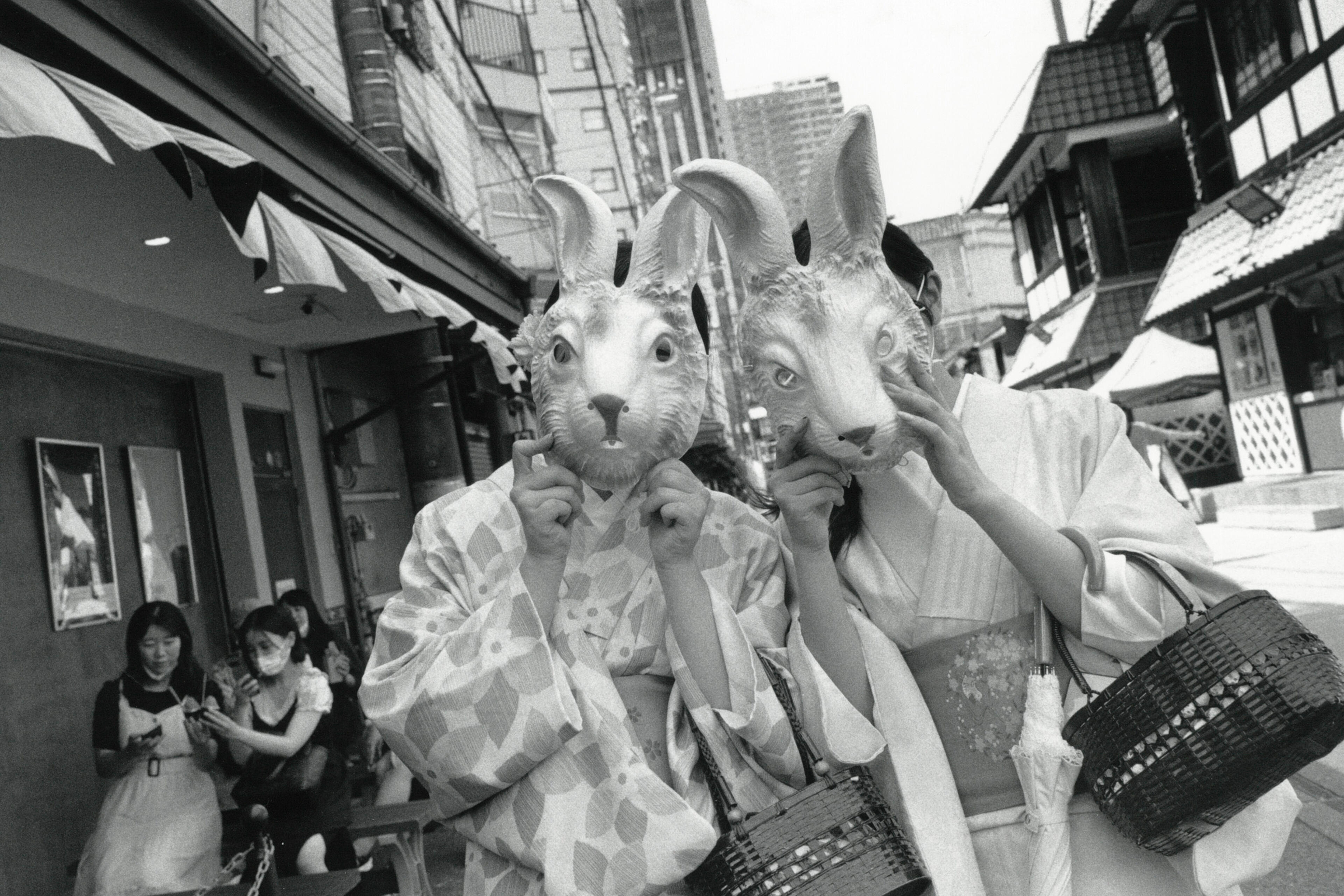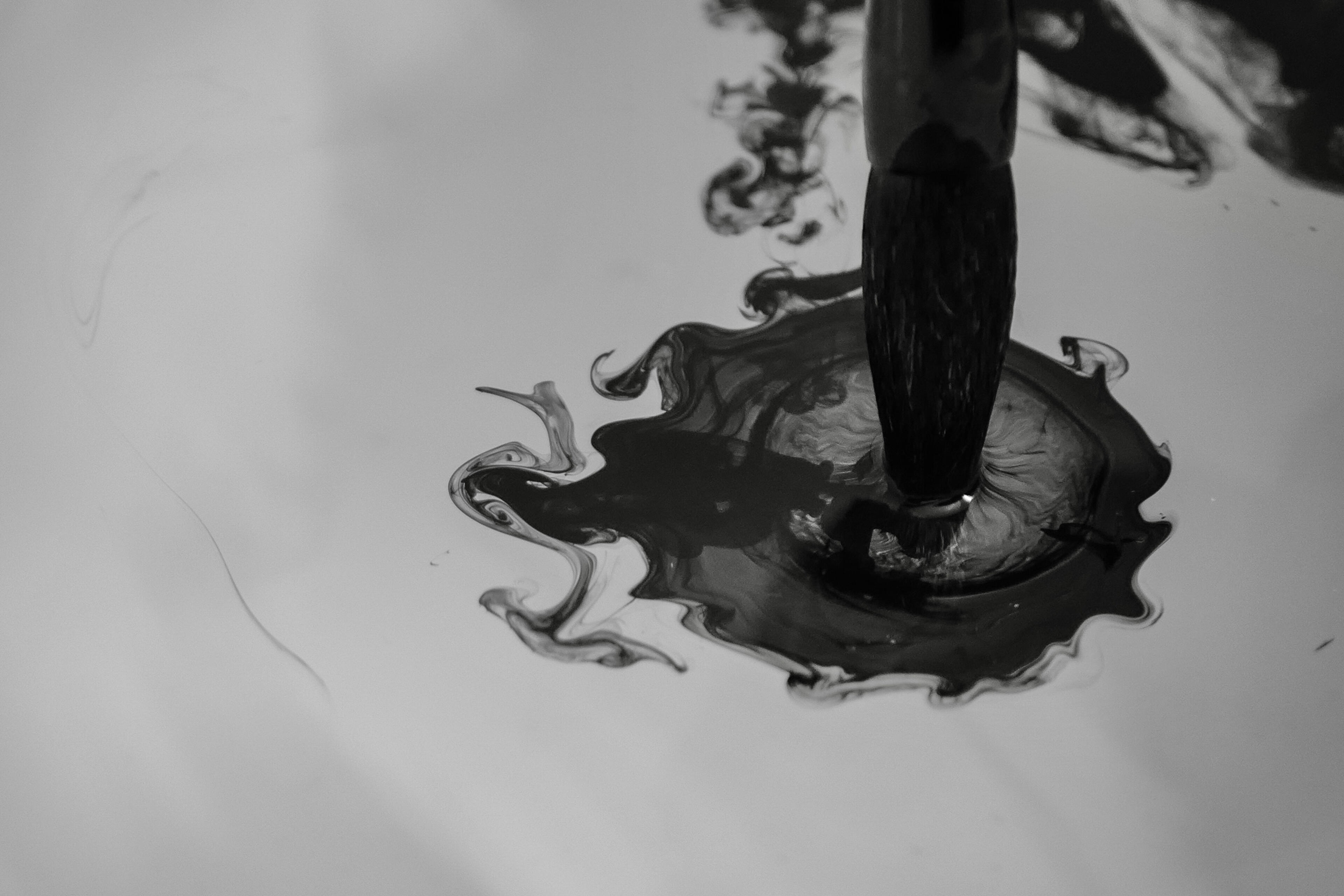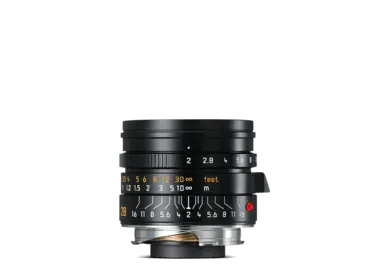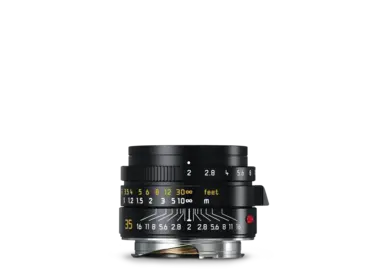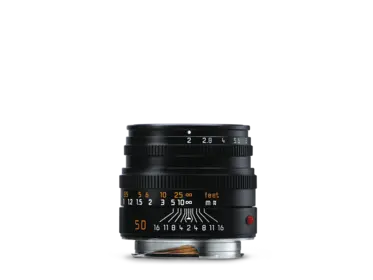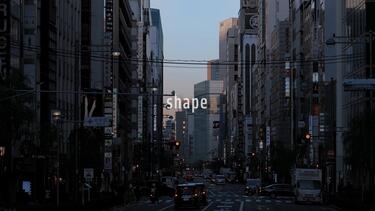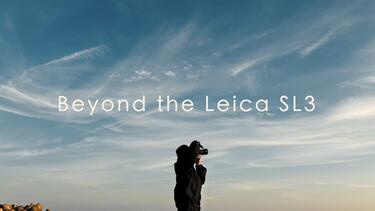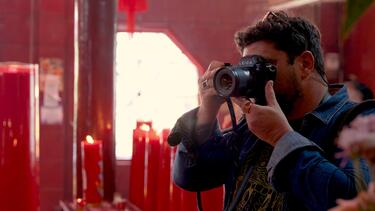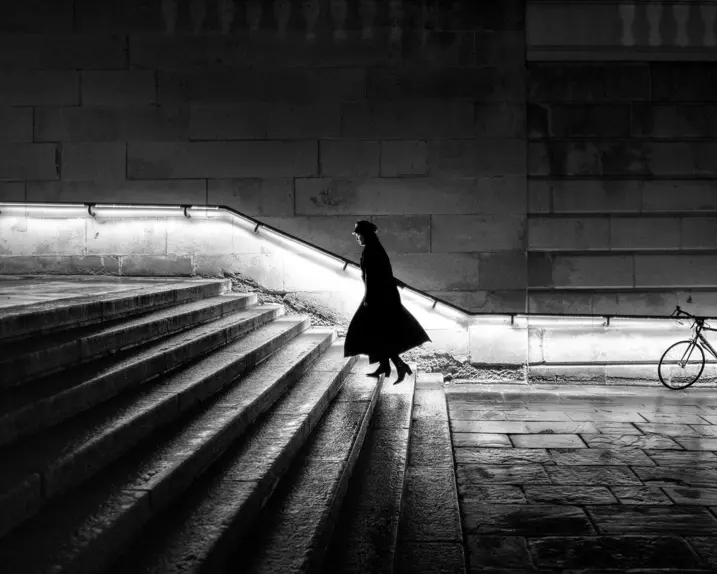Black & White Photography
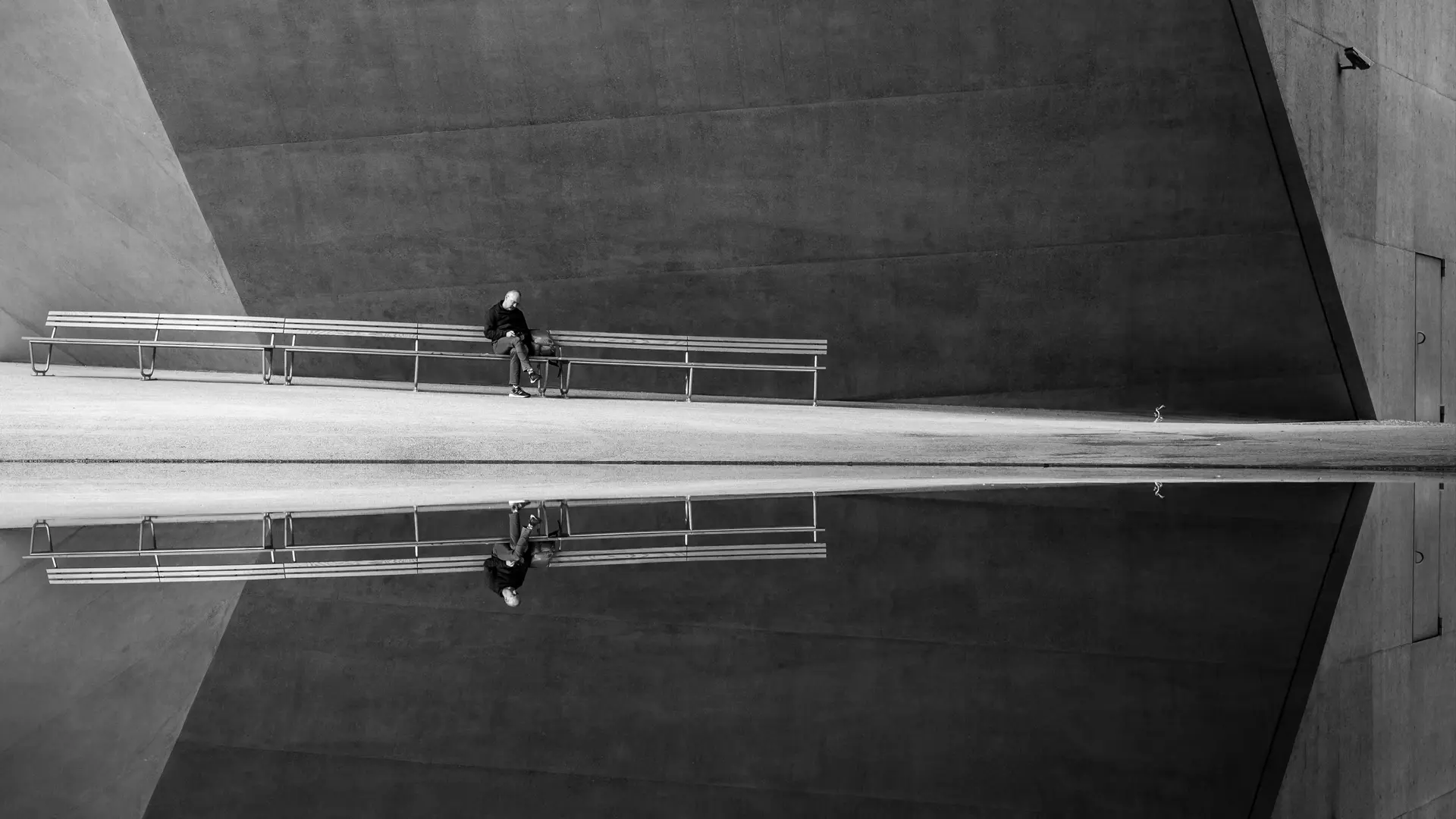
The history of black and white photography is rich with iconic moments and influential figures. Reportage photographers throughout the decades have celebrated the unique allure of monochrome, claiming that black and white itself provides a complete spectrum of emotion and depth. This timeless approach captures not just scenes, but the essence of human experiences, emphasizing empathy and a keen eye for composition.
Renowned photographers like Henri Cartier-Bresson and Sebastião Salgado have masterfully employed Leica cameras to create evocative black and white images that resonate deeply with viewers. Their work exemplifies the power of monochrome photography to convey the drama and beauty of the world in its purest form.
Anyone today who would like to take pictures like these masters will find an analogue Leica M, such as the M6 from 2022, a perfect choice. However, Leica also has suitable models in its extensive portfolio of modern digital cameras: the Q2 Monochrom; or the M11 Monochrom. These have a black and white sensor, which captures a wealth of detail that no classic digital camera with a colour filter in front of the sensor can achieve.
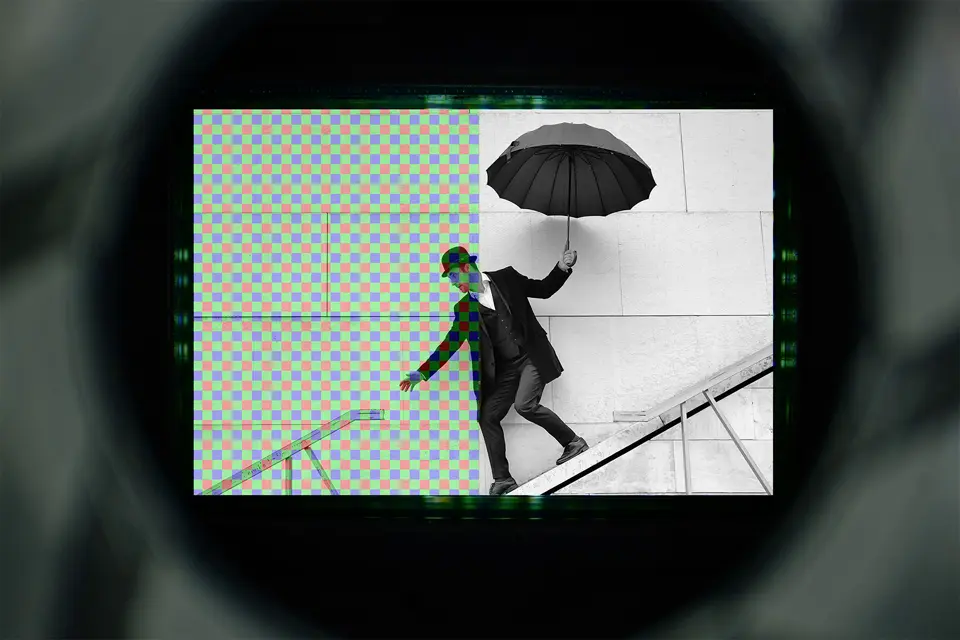
Turning the eye to the essential, the structure and the right moment – without the distraction of colour.
If you want to strengthen your eye for black and white photography, an absolute requirement is to learn to see in shades of grey. Beyond all the noisy dominance of bright colours and contrasting hues, a very graphic world of subtle gradations, strong structures and emotions exists. The digital Leicas with monochrome sensors, in particular, make the approach to black and white easier for the photographer, because both the monitor and the electronic viewfinder reproduce a world of countless fine shades of grey. If, however, you are looking for focus peaking support, you do not have to renounce on colour, as the monitor on an M or Q Monochrom is a colour one, and highlights the sharp contrast edges of the black and white image, particularly clearly and in colour.
It can be helpful to take a picture of a colour table with a black and white camera, as it will illustrate how similar the grey shades of red and green are, for example. This will become evident when the photographer looks at the grey shades on a monitor or through an electronic viewfinder, though a colour image will be seen when looking through an optical viewfinder. Consequently, graphic elements play an important role in black and white photography because, without the distraction of colour, these are what the eye focuses on.
How photographers use Leica products
Let our videos inspire you
